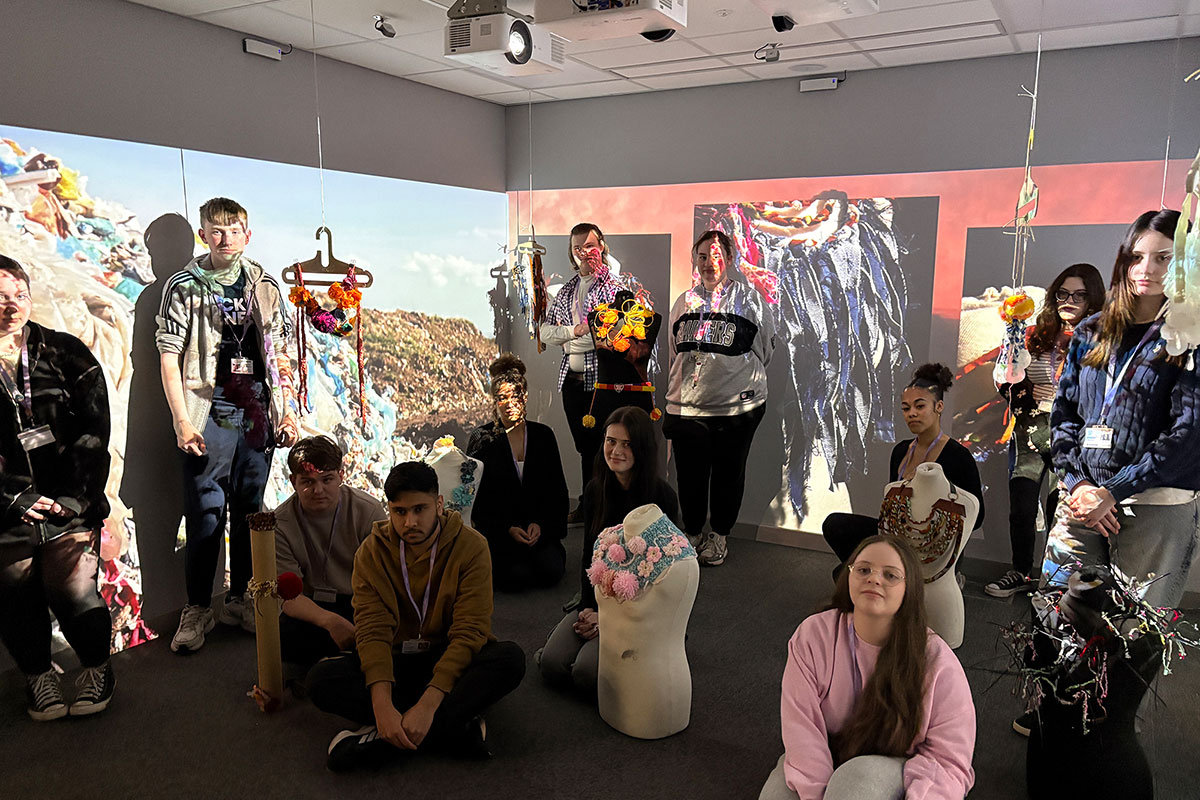The Kids Are Alright? Why Universities Need to Change How Student Feedback Works

The annual release of The National Student Survey provides universities across the UK with a perfect opportunity to assess their methods of collecting and analysing feedback. HappyOrNot’s CEO Miika Mäkitalo discusses why feedback terminals could offer a fresh solution.
Last month marked the annual release of The National Student Survey (NSS), which revealed which universities performed the best in various metrics, from academic support to organisation and management. However, arguably the most important of these metrics is student voice.
The NSS is considered a key tool for gauging student satisfaction in the UK, yet the question remains, is there a growing need for a more sophisticated approach to student feedback? Whilst the NSS has played an important role, traditional feedback surveys are growing increasingly antiquated. Survey format often reduces complex issues to simplistic, binary responses, offering little in the way of actionable insights.
Moreover, these surveys are typically conducted at the end of the academic year, which means the feedback is retrospective. As a result of this, university decision makers are missing out on key opportunities for real-time feedback, and subsequent improvements during the academic year when student concerns are most pressing. There are also key issues with the method of survey data collection itself – research from The Rockefeller University Center for Clinical and Translational Science found the longer a survey is, the less reliable it becomes. This presents clear issues with using a large annual survey as a means of measuring student satisfaction.
Whilst there are a myriad of factors that all contribute to student dissatisfaction, at the centre of this issue is the feeling of being unheard. Despite the NSS revealing an overall improvement in student satisfaction this year, one area that still raised concerns was feedback and whether it is acted upon by universities, with just 74% of students giving positive answers about student voice. When students express concerns about teaching quality, resource availability, or their overall well-being, they expect their voices heard and to be taken seriously. Too often their feedback seems to disappear into a void, with little visible impact from their institutions.
It is not surprising that student satisfaction reached its lowest level during the COVID-19 pandemic, when university staff were at their least present due to a lack of in-person meetings and teaching. Research from student support service Studiosity found that around 40 per cent of students seriously considered dropping out of university during this period. In the post-pandemic era, it is crucial that university staff make more of an effort to engage with feedback, ensuring that students know that they are present and working to improve their experience. This issue is especially pressing today; social media has created a medium for students to give public feedback, setting a higher bar for how students expect their concerns to be addressed. In contrast, the slow processes of traditional feedback mechanisms feel outdated and disconnected.
Universities are now tasked with addressing this growing disconnect, and whilst there is no definitive solution, technology can play a key role in aiding decision makers to gather and understand student feedback. Feedback terminals allow institutions to capture student sentiment as it happens. Already used in airports and retail spaces, feedback terminals help to provide a simple yet powerful way for students to share feedback instantly and anonymously. Integrating such technology into campus life ensures that universities are constantly tuned in to the student experience. Real-time feedback enables the quick identification of emerging issues, allowing institutions to act swiftly before problems escalate. In addition, the data generated by feedback terminals provides a far more nuanced overview than traditional surveys; patterns can be identified across different times, locations and demographics, providing insights that are both detailed and actionable. This allows for a more tailored approach to addressing student needs, allowing decision makers to analyse faculty issues on a more granular level year round.
Crucially, implementing real-time feedback systems can play a key role in enhancing student voice, and moving universities away from the cycle of annual feedback. By fostering a culture of continuous improvement and demonstrating a willingness to listen to students, institutions can begin to repair the damage done to student-faculty relations during and after the pandemic. Students are actively prompted to contribute to their learning environment, and in turn, decision makers gain a deeper understanding of students’ needs and can more effectively support their academic and personal development. Additionally, asking for continuous feedback sends an important signal to students: you are our core focus and we want to improve, as otherwise students might feel like they are not the priority or even interfering in the workings of universities.
The future of higher education depends on the ability to listen, adapt and evolve; by embracing feedback technology and committing to a culture of continuous improvement, universities can ensure they not only meet the expectations of today’s students, but exceed them.
By Miika Mäkitalo, CEO of HappyOrNot












Responses